The Apple iPhone 6s and iPhone 6s Plus Review
by Ryan Smith & Joshua Ho on November 2, 2015 8:00 AM EST- Posted in
- Smartphones
- Apple
- Mobile
- SoCs
- iPhone 6s
- iPhone 6s Plus
Software: 3D Touch, TouchID, Always-On "Hey Siri", and iOS 9
In a lot of ways, evaluating iOS 9 from a broad platform-level standpoint is a bit pointless for a device-specific review, so for a high-level evaluation I would refer to our iOS 9 review. However, in order differentiate their devices every year it seems that Apple has a few special features within the OS added for their latest phone. Of course, this is at least partially hardware-related but given that these features are often enabling new user interfaces in iOS it seems more appropriate to look at these as software additions that are enabled by hardware rather than the other way around.
The first major change in the iPhone 6s is the addition of 3D Touch. This is basically just the addition of pressure sensitivity in addition to the capacitive touch display. This sounds pretty simple, but it really isn’t. For the most part, force sensors are normally relatively large. As a result, something like a trackpad usually only supports pressure sensitivity over the entire surface of the pad rather than at a specific point on the trackpad. Force Touch on the Macbook line and Apple Watch both operate in this way. Instead, the iPhone 6s manages to measure pressure on specific points of the display, which Apple claims is done by measuring capacitance changes between the cover glass and the backlight. There’s also some sensor fusion going on here by using the accelerometer and gyroscope to determine if there is an intentional press.
I don’t claim to know exactly how Apple has implemented this system, but the result is truly impressive. I’ve spent enough time with the phone to say that the pressure sensitivity of the system is incredibly precise, as is where it places the measured pressure. In a lot of ways, it almost feels like magic.
Of course, while it’s cool that this phone has pressure sensitivity, it’s necessary to have some true applications of this pressure sensitive display. To that end, Apple has added two features called peek and pop. Peek allows you to preview some content by pressing slightly on the content instead of tapping. You can peek at message threads without entering them, emails without opening them, and apps without launching them.
At a practical level, this is actually a great feature. I never really thought too hard about it, but it’s often annoying for me to open an email and then realize that I need to keep it marked unread so that I don’t forget to look at it again. It’s also often annoying to open a single image link in a messaging application only to immediately close the browser once I’ve opened it for about half a second. I can clearly see how this is superior to a long-press as there’s no need to press and wait for the system to respond. Combined with the Taptic Engine, which uses a z-axis linear resonant actuator which helps to increase the responsiveness of the haptic feedback. Due to this haptic feedback, it’s immediately obvious when you’ve reached a certain level of pressure for either a peek or pop. I can also immediately see applications in gaming with something as simple as pressure-sensitive throttle in racing games. The haptic feedback of the iPhone 6 by comparison was pretty much your standard vibration, with some noticeable vibration but nothing that really jumped out. The iPhone 6s feels much more defined, which is nice to have on a phone, especially with 3D Touch.
This seems like a relatively small change in the grand scheme of things, but I suspect as time goes on the applications will become much more central than they are now which are already appearing in cases like the keyboard's trackpad feature. Right away there are some obvious user experience improvements but I don’t know if I’d go as far as saying that it’s a revolution still, but I think this is going to be a critical part of the smartphone experience going forward at least for high-end smartphones.
The other major noticeable change is the second generation TouchID sensor. I’ve been noticing lately that the iPhone 6 was relatively slow on the fingerprint sensor when compared to things like the Galaxy Note 5. The iPhone 6s improves on this, and it’s to the extent where it’s basically immediately unlocking as soon as you click on the home button to wake the phone. This is fast enough that if you wanted to check the lockscreen for notifications it’s necessary to use the power button instead of the home button. The user experience is seriously improved here and over the half second or so saved over every unlock over a few years is going to be significant.
The other notable update here to the feature set of the iPhone 6s is the addition of always-on “Hey Siri”. Setting this up is pretty simple as all that needs to be done is that you have to say some key phrases a few times. Once this is done it works as well as it should. It always seems to work when I say the phrase, and in general other people trying to use the phrase to get it to activate as a prank or something similar are unable to make it work. It’s likely that we’re looking at a low power DSP like the TI C55x used in the Moto X, and Apple claims that this is enabled by the on-die M9 chipset in the A9 SoC. For those that are really use Siri all the time, this is definitely going to be a useful feature.
Outside of these highlights, iOS is noticeably faster on the iPhone 6s. I’m not sure what caused this, but the move from iOS 8 to iOS 9 caused the iPhone 6 to have noticeably more dropped frames in areas like the multitasking menu. I’m not sure why this is the case but at any rate the iPhone 6s is noticeably smoother when using iOS 9 than the iPhone 6. I suspect that the addition of even more Gaussian blur effects in iOS 9 is really what’s causing much of the frame drops occurring in the OS. The addition of new data sources to Spotlight causes noticeable lag to the iPhone 6 but the same isn’t as obvious as it is on the iPhone 6s. One might notice that there's no discussion of RAM here because I didn't notice any problems with memory running out in the course of my use.
Overall, I think the iPhone 6s’ user experience is a major step up from previous iPhones. The iPhone 6 was a bigger phone but in a lot of ways it felt very similar to the iPhone 5s. The iPhone 6s’ user experience by comparison feels like a pretty significant change just because of the addition of 3D Touch and the new TouchID sensor. The A9 SoC, combined with an enormously fast storage solution is also felt very strongly as everything in the phone is visibly faster than the iPhone 6.



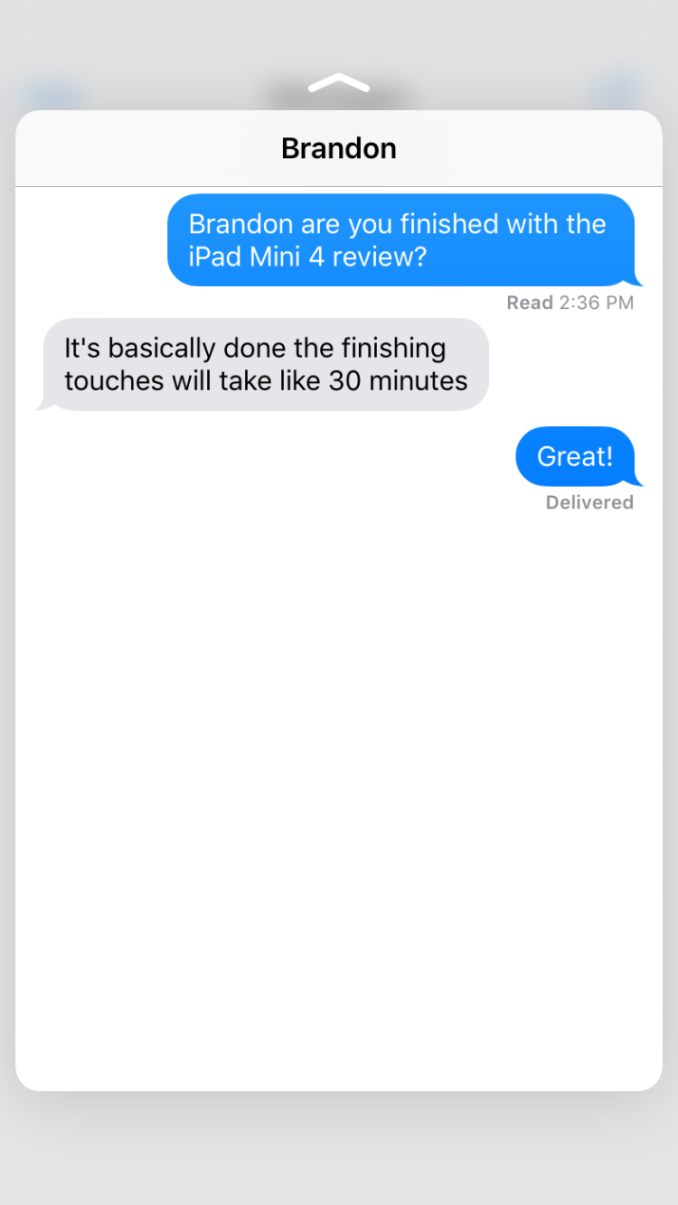
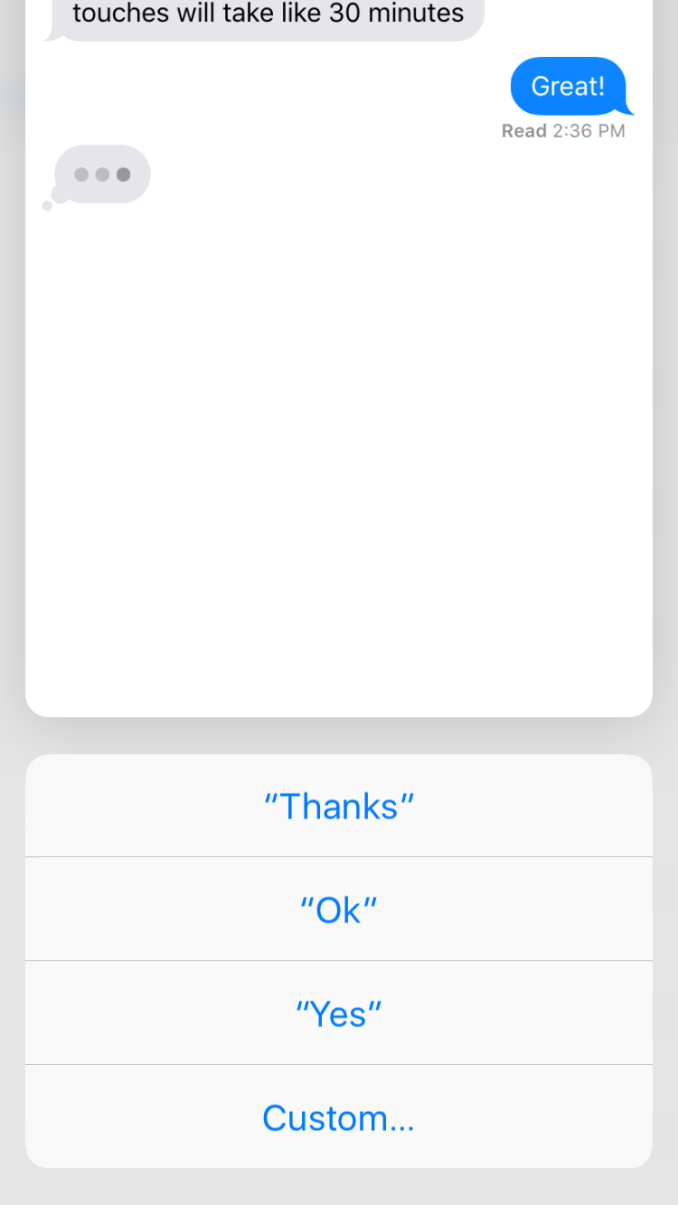
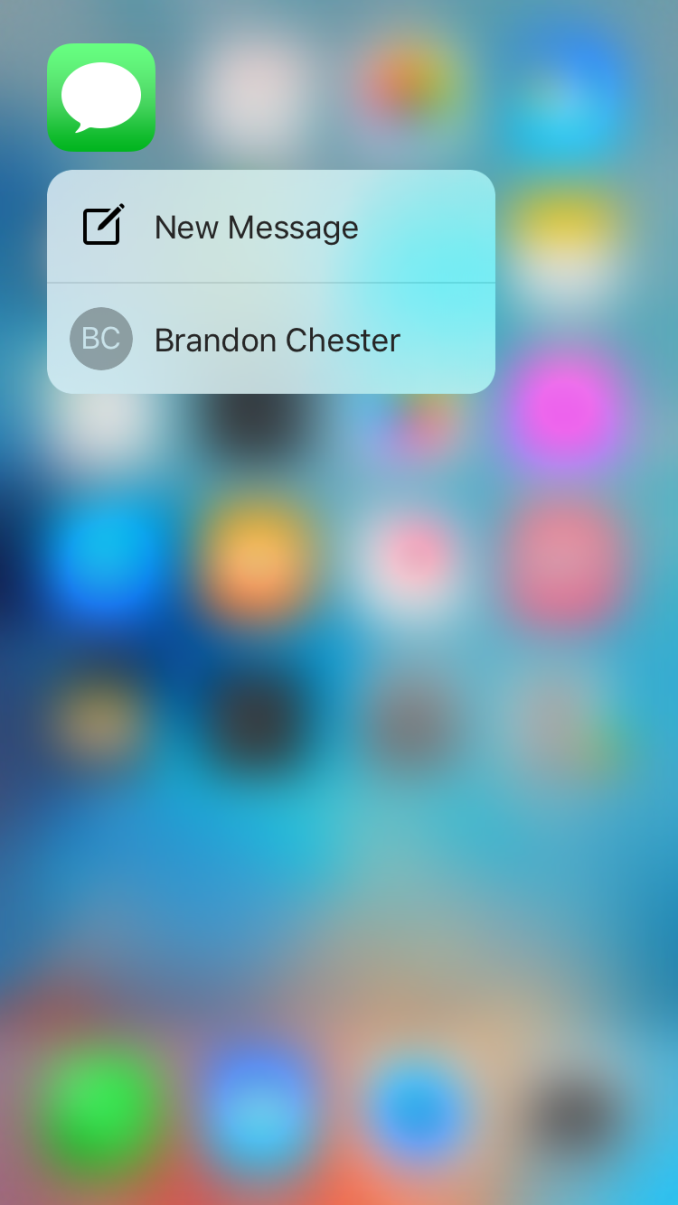
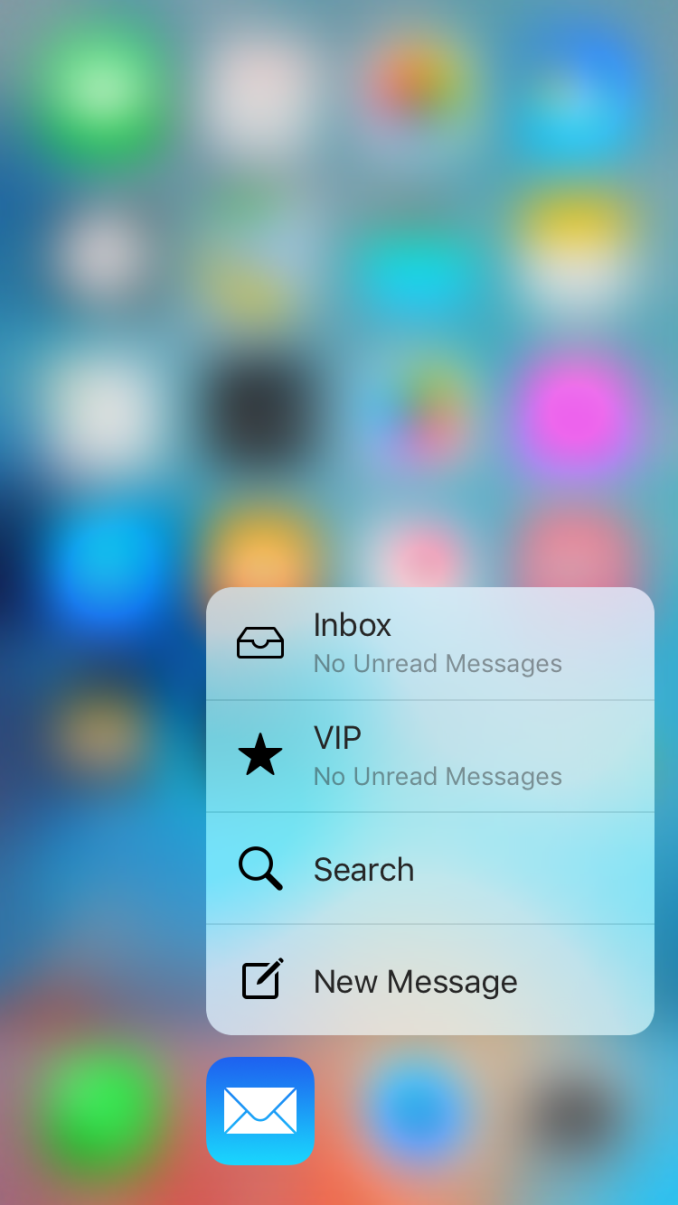

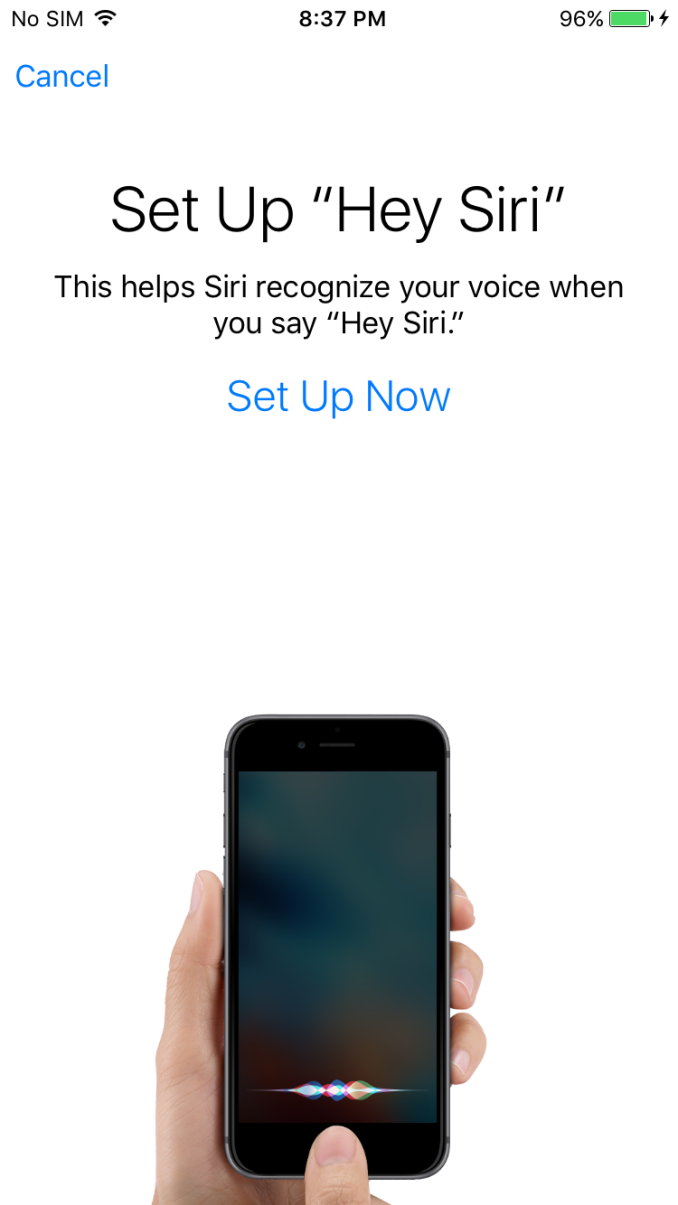
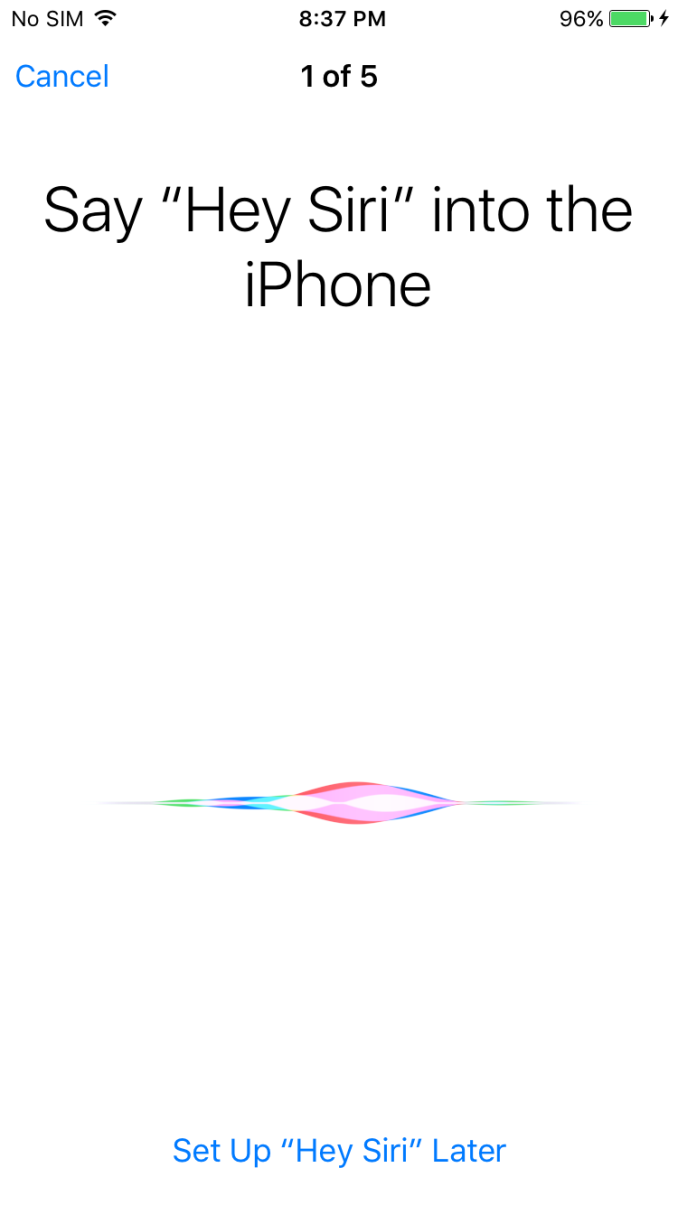
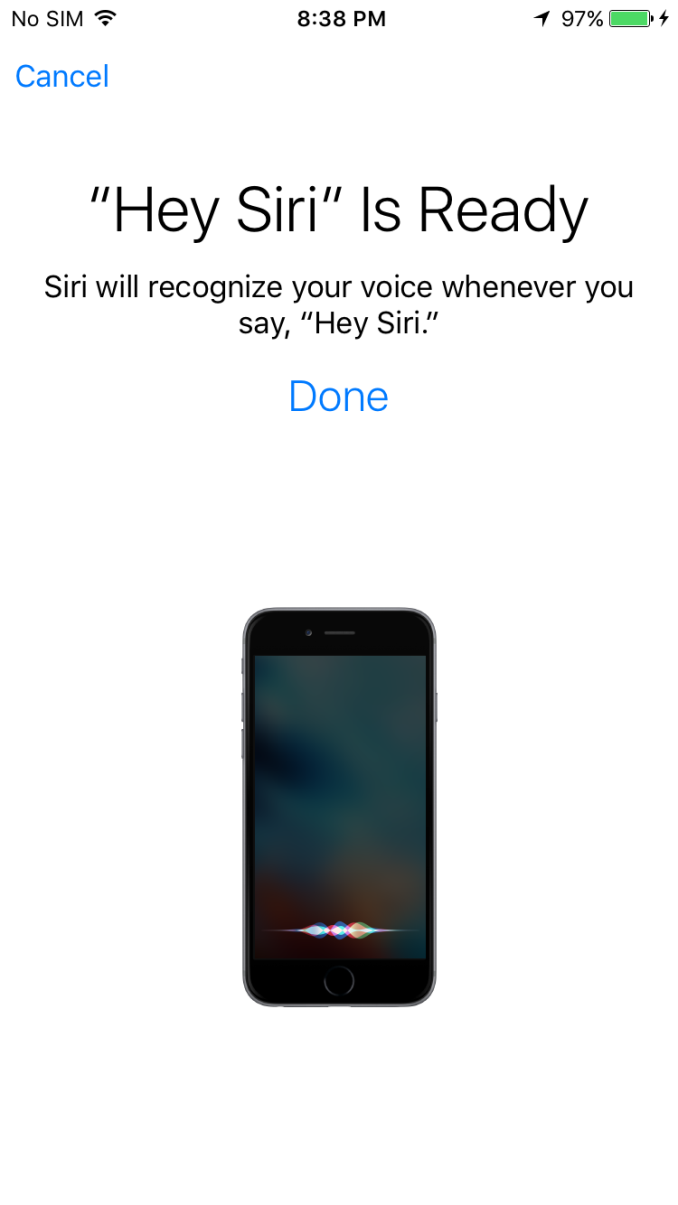
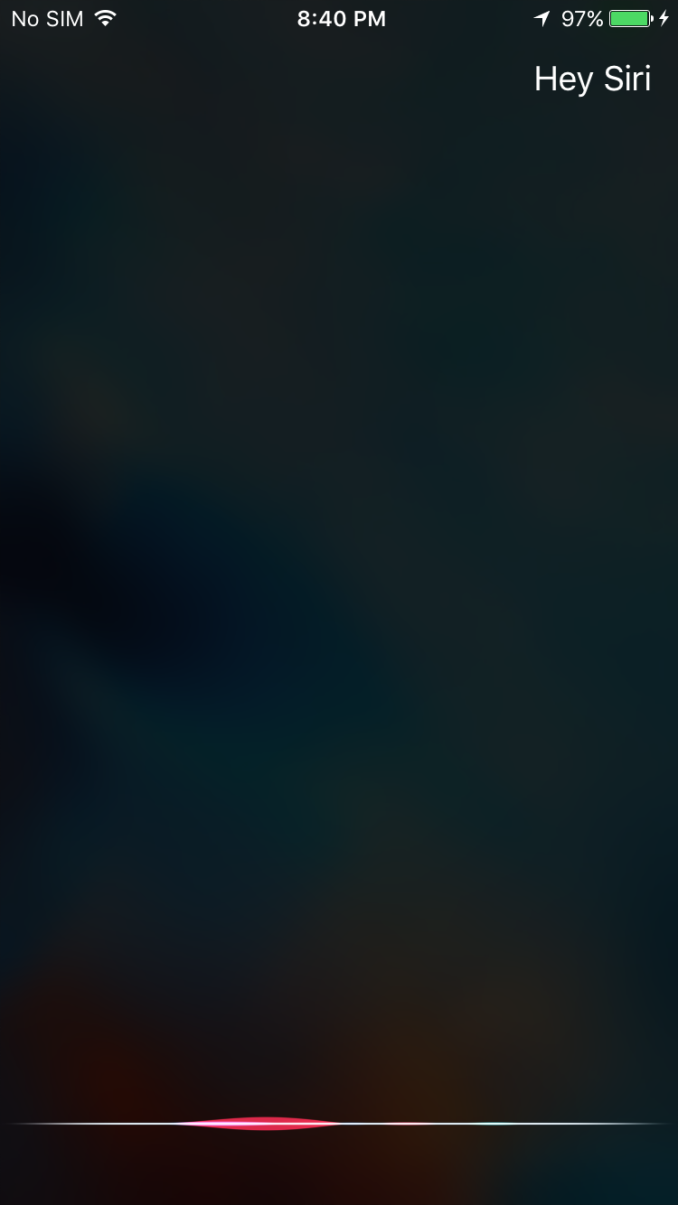








531 Comments
View All Comments
blackcrayon - Monday, November 2, 2015 - link
I bet it goes further than you think. I bet Anandtech is paying Huawei and Samsung or maybe has undercover agents at Qualcomm to make sure their SOCs perform more slowly than Apple's. It's the only way to explain it!You're so enraged and deluded that you can't see how something that is pretty much universally agreed as "one of the best" could possible be "the best" in someone's opinion (an opinion backed up by a uniquely large amount of test data I should add).
osxandwindows - Monday, November 2, 2015 - link
You and your conspiracy theories.lol
So what other conspiracy theories do you have about anandtech
blackcrayon - Wednesday, November 4, 2015 - link
Maybe Apple injected code into Webkit (that's also in Chrome and that Microsoft and Mozilla also copied unbeknownst to them) that makes any bar graph showing iPhone performance to have longer lines! Except when smaller lines are better, then it makes them shorter. :)melgross - Monday, November 2, 2015 - link
Maybe because it actually is the best, despite what Android users want to think.zeeBomb - Monday, November 2, 2015 - link
the fight between android and apple will never end.itpromike - Monday, November 2, 2015 - link
Paid? That is a very dangerous and very serious accusation for a publication such as Anandtech which does scientific and objective chip architectural analysis as well as benchmarks and performance measurements. You are suggesting that Apple is literally giving them money to lie to all of their readers and to willingly change benchmark results AND architectural analysis, including forging SOC cross section pictures (also implicating chip works of being equally fraudulent and deceitful)? You are truly saying that Apple is paying Anandtech to publish falsified results, with Anandtech having no integrity at all? WOW. That is a BOLD BOLD claim. I'd love to see your journalistic proof of this. Do you have links to bank statements, written contracts, emails, phone conversation recordings, etc... that we all can look at so we can make sure the public is aware that Anandtech writers, and analysts are liars? Or can you share with us your deep examination and analysis of the page by page writings and findings in the review in contrast to your on findings that you've spent hours on end testing and analyzing? This way none of their readers will mistake them for being an honest, data driven publication. Just go ahead and link to your findings in the reply to this message. ThanksAlexey291 - Tuesday, November 3, 2015 - link
Er are you sure you're not confusing anandtech from half a dozen years ago with a marketing publication with the same name in the now?shadowii - Monday, November 2, 2015 - link
Wow, what a worthless reply. Read the article.KoolAidMan1 - Monday, November 2, 2015 - link
Anandtech backed up their conclusion with pages and pages of objective tests and analysis. This bothers you so you accuse them of being paid shills.Standard Fandroid in the wild, ladies and gentlemen.
Ethos Evoss - Monday, November 2, 2015 - link
Yeah and final words section like wtitting a bokk !!! Fkin never seen end so long like this..The whole review - aplle bible.. anandtech had to follow apples bible......